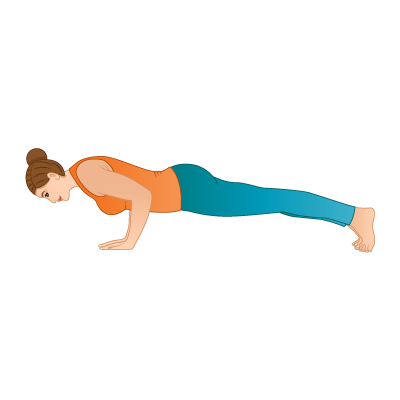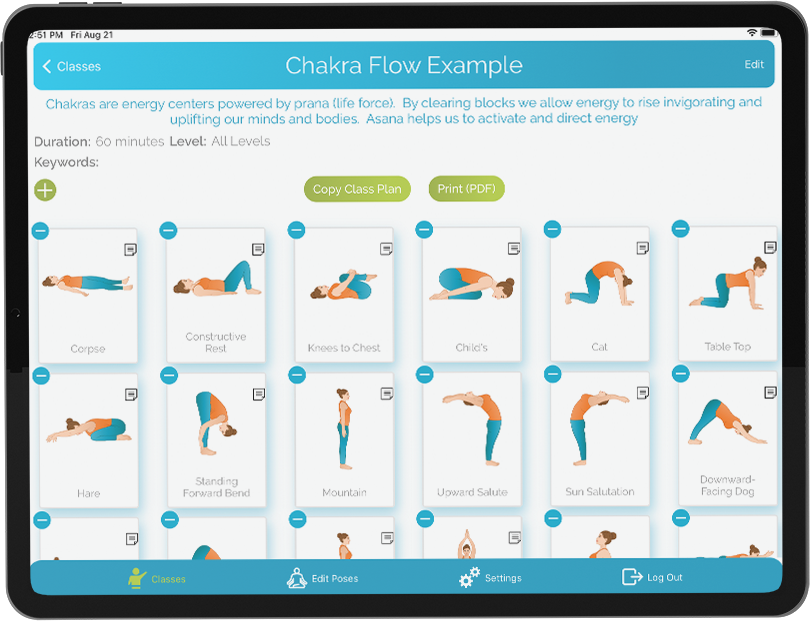Guide to the 4 paths of Yoga
October 12, 2017 | 4 min read
With roughly 7.4 billion human beings on planet earth, it would be impossible to say that everyone is the same. Due to the vast number of us, it is easy to guess that there is an infinite number of ways to do any one thing. So how does this relate to yoga? While many of us have practiced asana, there are plenty of people that have attended a class and just felt as though it wasn’t right for them. This is because there are four paths of yoga and each one will resonate with everyone in a very different way.
What Are The Four Paths Of Yoga?
Bhakti Yoga
Bhakti yoga is the yoga of feeling or deep devotion. While this can translate to a deep devotion to the divine, it can also be a strong emotional connection to a guru, family, or friend. Bhakti yoga is experienced through a variety of ways that may be seen similar to prayer. Whether using a mantra, a prayer, or a song, this expression allows you to connect deeply to your devotion. A common Bhakti yoga practice is Kirtan which is a series of songs or chants accompanied by music. While Bhakti is often referred to as the “love” yoga, it is more about emanating the qualities and characteristics of love than to love a person or a thing.
Karma Yoga
The yoga of action is what Karma yoga is all about. Karma yoga deals directly with the idea of cause and effect. This idea that every action has a reaction that affects the body, mind, and consciousness is the basis of Karma yoga. While Karma yoga is the yoga of action, it is truly about acting without the expectation of receiving. Karma yoga allows you to give in a way the lessens the power of the ego and increases the overall feelings of love, sympathy, and tolerance.
Gyana/Jnana Yoga
Gyana yoga is the yoga of thought. It is a philosophical path that requires intense self-study and self-inquiry. It is the path to enlightenment and is considered to be one of the most difficult of the four paths of yoga. This path requires great discipline and perseverance. While this yoga is practiced through studying the ancient yogic texts like The Upanishads, it also requires intense self-inquiry.
Raja Yoga
This is the “royal path of yoga.” It is considered so because you must become the master of your mental territory. In order to do so, you must practice mantras, mudras, meditations and other techniques to still the body and mind in order for you to see the true nature of the mind. This is the most commonly practiced path of western yogis as it does not require a specific deity practice and encourages you to believe in only what you are able to see and experience for yourself. This is also the path most closely related to the eight limb path of yoga as described in The Yoga Sutras of Patanjali.
While these may seem like four separate paths, each is related to one another. At times we are on more than one of these paths depending on our current state and practices. So whether you are practicing asana, meditating, studying, or performing selfless actions you are walking on the four paths of yoga. The varied aspects of these paths may resonate with you more at one time in life versus another. All of these paths lead to the ultimate goal of enlightenment and with diligent practice you can make great strides and determine which path is right for you.
Posted in Spirituality, Teacher Training, Teaching Resources




